02 April 2020
Publications 2005 - 2009
Publications from your fellow alumni, published in the years 2005 - 2009.
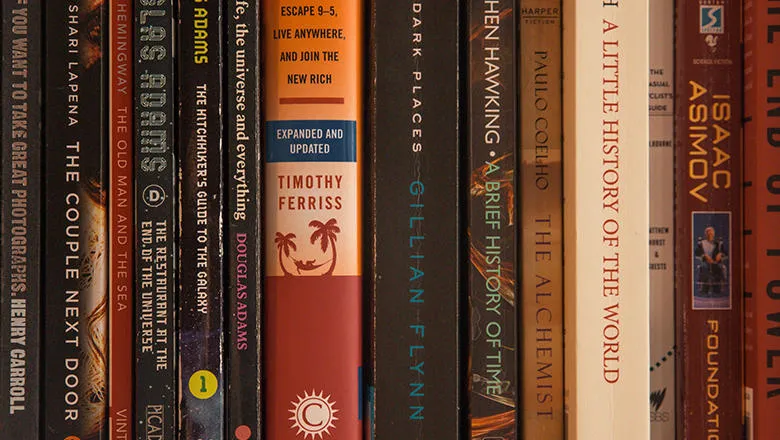
From novels and poetry collections to works of non-fiction, our community of alumni and staff have published a variety of books over the years. We share a selection of these with you here.
If you would like to put forward a work for inclusion, please email the alumni office. When submitting, please make sure to also include a high res image of the book cover.
2006
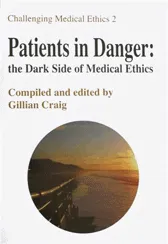
Patients in Danger: The Dark Side of Medical Ethics by Gillian Craig (Medicine, 1960s)
Doctors are often faced with difficult questions about how far to go in prolonging life by measures such as tube feeding. Sometimes their views differ from those of the family. Insensitive handling can have adverse emotional effects on dissenting relatives. The whole issue of who decides, and makes the final judgement is now under intense discussion by the medical profession, lawyers and society as a whole. Medical ethics is moving into dangerous territory.
2007
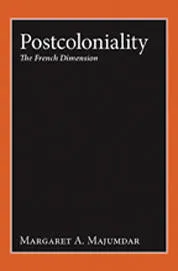
Postcoloniality: The French Dimension by Margaret Majumdar (French, 1970)
'In present-day France, its most everyday manifestation as far as the diasporic communities are concerned is the basic definition of immigrants and their descendants from the former colonies as the ‘visible’ minorities. It is because they look different that they are marked out. Their different bodily appearance is what defines them in popular discourse, their skin colour, the shape of their facial features, the characteristics of their hair. Other features are also added, such as the type of clothing worn.'
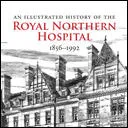
An Illustrated History of the Royal Northern Hospital 1856-1992 by Albert Rinsler
'Sherard Statham entered University College, London, to study medicine. In 1846 he went on to win a Silver Medal for Medicine and in the following year he gained the University Gold Medal in the final MB, achieving a first in Medicine. In 1851 he passed the London FRCS and in the same year was appointed assistant surgeon to University College Hospital, London. However, an early promising career came to an abrupt end because of a scandal, which involved some very foolish behaviour in the operating theatre. Statham had taken an active interest in the training of junior medical staff and medical students in the administration of chloroform. His manner however, was regarded as brusque and even uncouth at times. On 21 May 1856, a special meeting of the Medical Committee at University College Hospital took place, to consider a complaint against his conduct. This took the form of a letter to the Chairman of the Medical Committee from Mr John Erichsen, a surgeon at University College Hospital.'
The book can be ordered by sending a £6 donation, inclusive of delivery and payable to the Whittington Hospital Charitable Fund, to:
Press Office, Jenner Building, Whittington Hospital, Magdala Avenue, London N19 5NF
2008
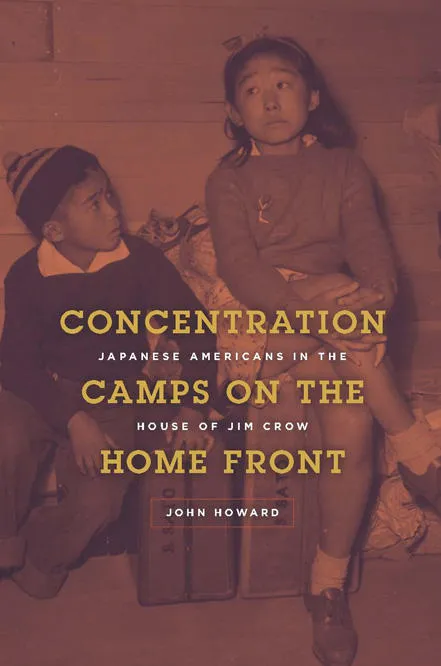
Concentration Camps on the Home Front: Japanese Americans in the House of Jim Crow by Professor John Howard (Head of American Studies)
'As a result of Executive Order 9066 signed by President Franklin Delano Roosevelt on 19 February 1942, over 110,000 Japanese Americans along the West Coast of the United States faced eviction from their homes and expulsion from the area – what the War Relocation Authority (WRA) called 'evacuation,' falsely implying rescue. Far from delivering Japanese Americans from danger, the WRA put them into one hazardous situation after another, first confining them at sixteen 'assembly centres': detention camps with barbed-wire fences and guard towers. The largest was set up at Santa Anita Race Track, where horse stables were converted into living quarters and straw was used to stuff mattresses. Then prisoners were shunted into ten longer-term 'relocation centres' constructed on undesirable federal lands across the West and South. Though obviously quite different from Nazi death camps, these compounds for the forced, indiscriminate incarceration of an entire ethnic minority population have earned the designation concentration camps from many scholars of Asian American history.'
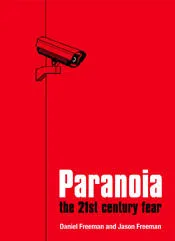
Paranoia: The 21st Century Fear by Dr. Daniel Freeman (Wellcome Trust Fellow and Senior Lecturer in Clinical Psychology)
'Threats seem to loom at us from all quarters. And of course sometimes it’s right to be cautious. Lurking within the kitchen of the Thai Cottage was nothing more sinister than a super-spicy savoury dip, but Londoners are well aware of the havoc terrorists can wreak. Muggers, vandals, delinquent teenagers, paedophiles, rapists, corrupt officials, malicious colleagues, gossips, spies, and blackmailers – none of these are entirely the figment of our fevered imaginations. The trick, of course, is keep a sense of perspective, recognising that these kinds of dangers are rare and taking that on into a calm and measured assessment of risk.When we look at the data on rates of paranoia, however, it appears that many of us are finding that trick increasingly difficult to pull off. At any one time, around a quarter of the population are having regular paranoid thoughts, with lots more people probably experiencing them occasionally. Our fears have gotten the better of us, and the twenty-first century begins to look like a new age of paranoia.'
2009
The Ghosts of Eden by Andrew JH Sharp (Medicine, 1979)
'Uganda 1950s: The long Citroën DS, with its shark-like bonnet, sped out of town, pedestrians and animals running before it like a bow wave, throwing themselves out and away at the last second. Mr and Mrs Adams sat in the front, not talking to each other, while Michael and Simon sat in the back grinning out of the windows. Mr Adams never slowed down, as if he were in a vicious presidential cavalcade. A woman screamed, ‘We’re saved!’ as she pulled her young child from the vehicle’s path.'
The Ghosts of Eden is published by Picnic Publishing and is available from bookshops and online.
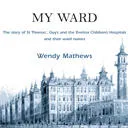
My Ward: The Story of St Thomas’, Guy’s and the Evelina Children’s Hospitals and their Ward Names by Wendy Mathews
The Guy’s and St Thomas’ NHS Foundation Trust has comprised St Thomas’, Guy’s and the Evelina Children’s Hospital since 2004. Much has been written of the Hospitals’ histories but, to the best of my knowledge, there is no other reference book detailing the origins of the ward names. Yet, over the centuries, the names of the wards give a fascinating insight into general and medical history and the preoccupations and changing values of the Hospitals and their times.
This work details the history of the ward names of the Hospitals over the centuries, providing some insight into why these names were chosen. Wards and other listed names are printed in bold type.
Please follow this link for information about how to purchase 'My Ward'. Proceeds from book sales will go to benefit the Guy's League of Nurses, The Friends of Guy's Hospital, and the Florence Nightingale Museum, among others.
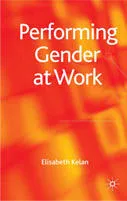
Performing Gender at Work by Elisabeth Kelan
This insightful book explores how changes in the world of work interact with changes in gender relations. The advent of new technologies and the emergence of new ways of working are said to change the world of work. This raises the question in how far gender is changing in these new work relations, too. In popular perceptions gender is often seen as something static: people just are men and women. This book, in contrast, explores how the gender binary is established and challenged through interactions in the workplace. It shows how gender is performed or ‘done’ in rigid but also fluid ways. It also highlights how we perform and are performed by gender. The book develops an innovative approach to study gender as a doing in the work context. It does so by drawing on fieldwork in high-tech organizations. It uses discourse analytic methods to analyse how gender is done at work and to show how changes at work are intertwined with changes in gender relations. The book provides academics and practitioners with a cutting edge view on how to make sense of gender in the changing workplace. It will challenge and transform the way gender is seen at work.
Buy the book here.
